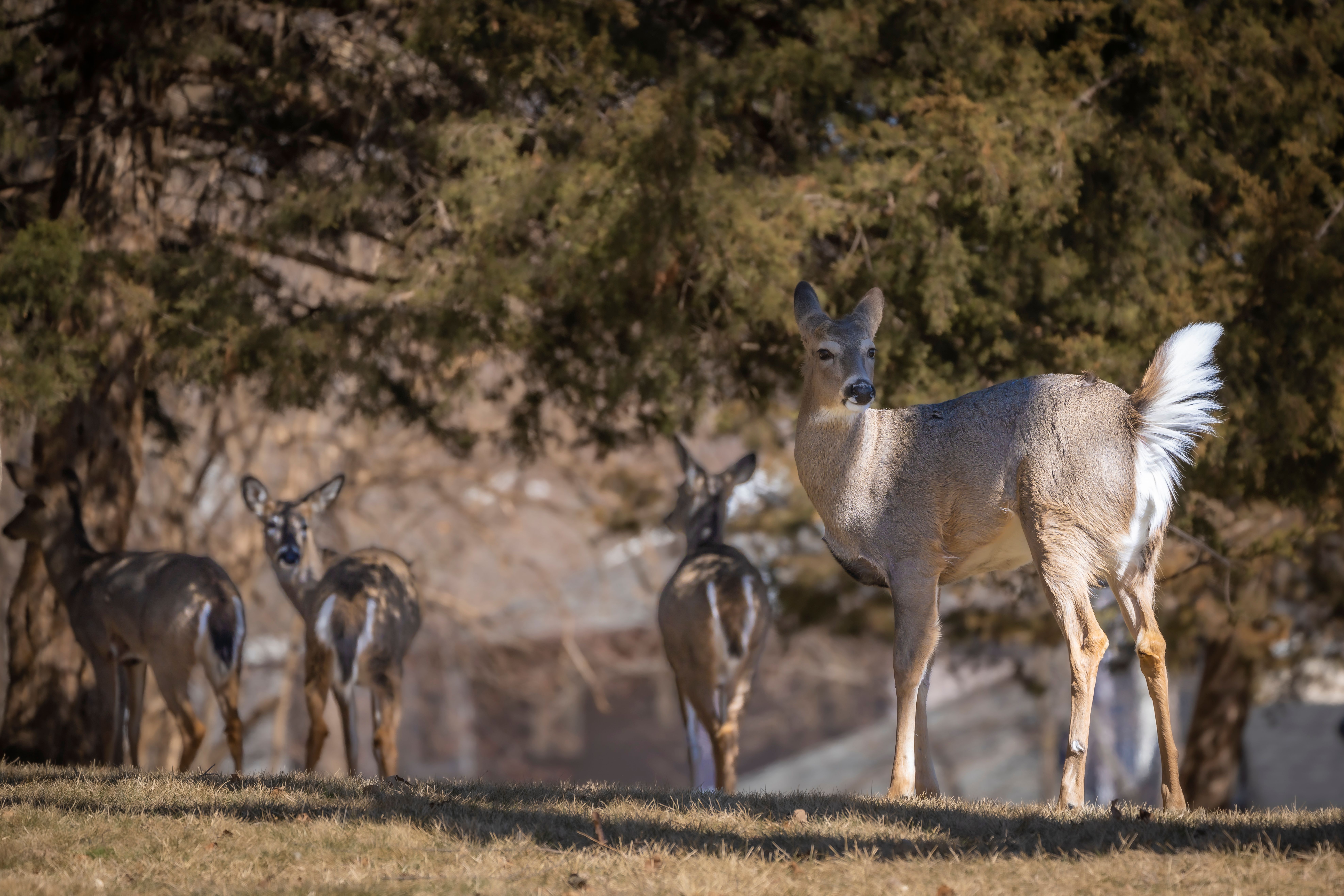Red Oak Seedlings: A Key Indicator of Deer Browse Pressure and Forest Health
A recent study published in Ecology and Evolution has highlighted the critical role of red oak (Quercus rubra) seedlings in understanding the impact of white-tailed deer (Odocoileus virginianus) populations on forest health in eastern U.S. national parks. By analyzing data from 1,515 permanent plots across 39 parks, researchers were able to assess the intensity of deer browsing and its cascading effects on forest regeneration.
The study’s findings paint a concerning picture: high deer browse pressure directly correlates with a significant reduction in sapling density, a phenomenon known as a “sapling bottleneck.” This bottleneck can severely hinder forest regeneration, potentially leading to regeneration failure and long-term ecological consequences.
The research underscores the urgent need for effective deer management strategies within national parks and other forested areas. By controlling deer populations at sustainable levels, land managers can mitigate the negative impacts of overbrowsing, allowing forests to regenerate naturally and maintain their biodiversity.
The Broader Context: Forest Health and Ecological Balance
The implications of this study extend beyond the immediate impact on red oak populations. The loss of saplings due to excessive deer browsing can trigger a ripple effect throughout the entire forest ecosystem, affecting plant diversity, wildlife habitat, and overall ecological balance.
The use of permanent plots in this study highlights the importance of long-term monitoring for understanding forest dynamics and informing adaptive management practices. By tracking changes in sapling density and other key indicators over time, land managers can make informed decisions to promote forest health and resilience.
A Call for Action: Protecting Our National Parks
The findings of this research serve as a call for action to protect the ecological integrity of our national parks and other forested areas. By implementing science-based deer management strategies and prioritizing long-term forest health, we can ensure that these valuable ecosystems continue to thrive for generations to come.

